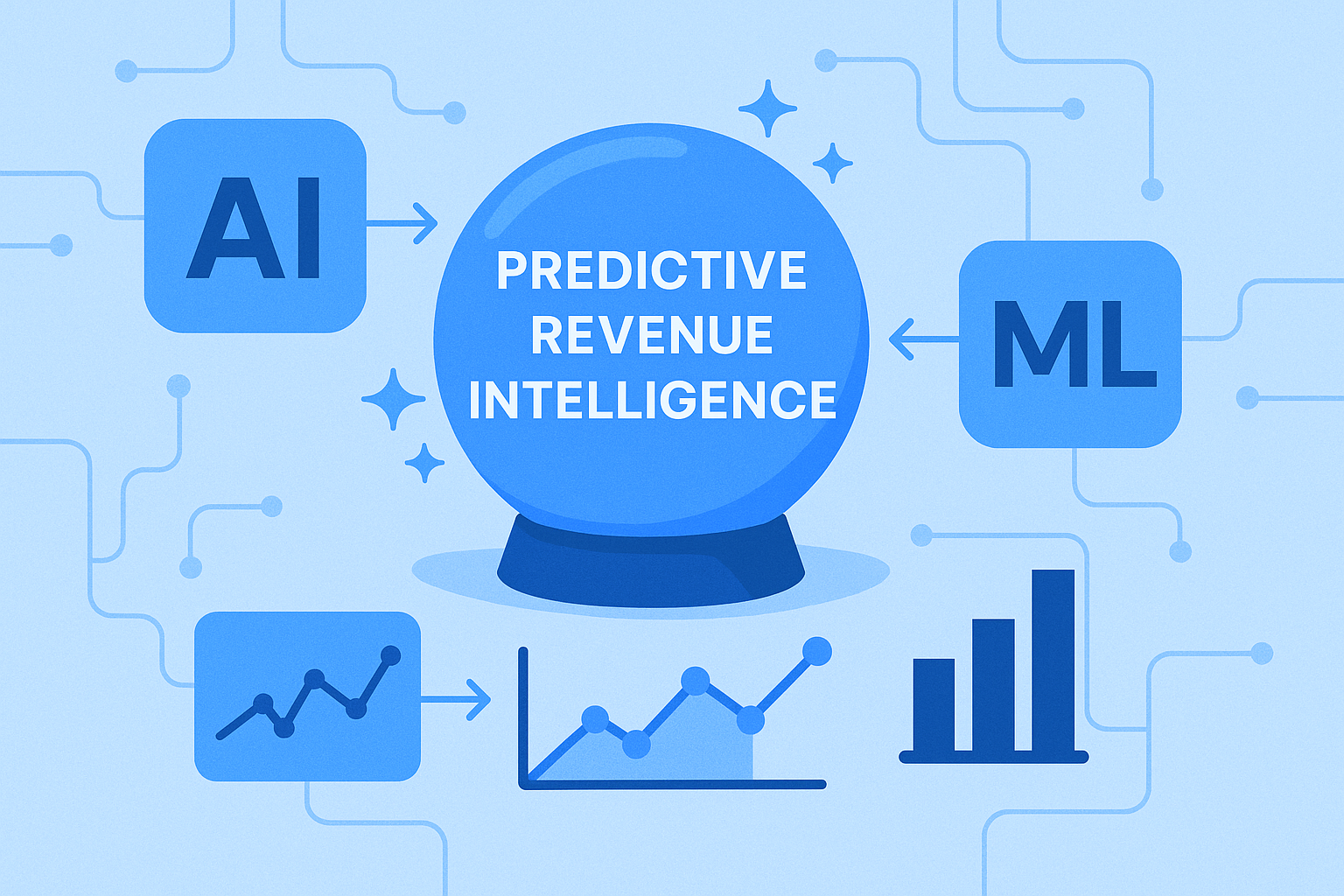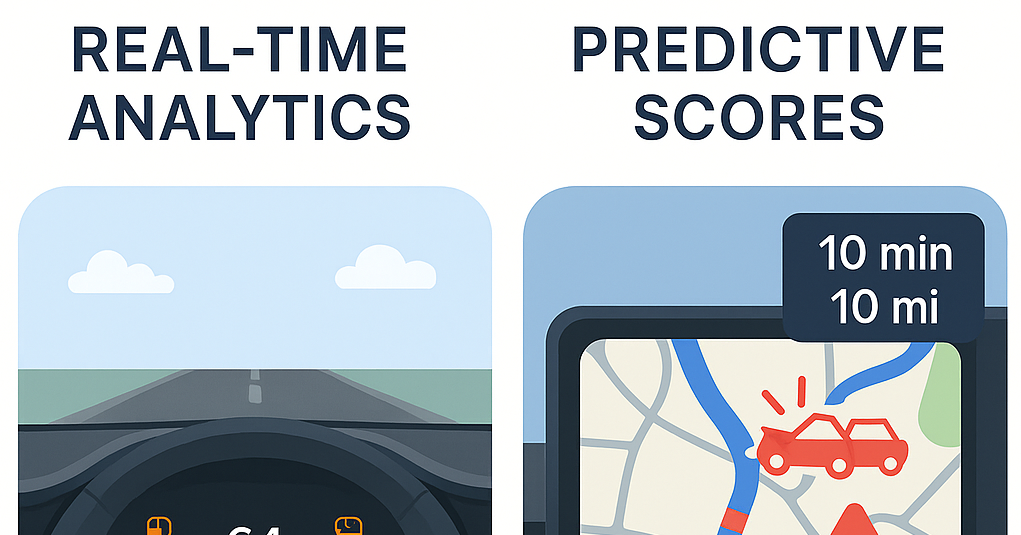Does What I Do Actually Matter?
Stuck in the past
Since the early days of CRM in the 90’s, activity management has evolved remarkably little. Tasks still have notes and due dates. The workflow to assign them has gotten a bit fancier but very little has changed otherwise.
I’ve worked for or with CRM systems over much of my career. And I don’t ever remember a time when activity management worked well. For a few, small scale projects, the process of defining, assigning, monitoring, and reporting on activities allowed us to keep tabs on what was getting done but it took a lot of work and we never had a good grip on whether the activities were actually effective.
There’s got to be a better approach.
Step 1: Learning from the product world
One of the major failings of activity management is that activities are not really time-bound. They have due dates, but when that due date passes, the activity lives on, possibly showing up on a “naughty” report but otherwise it’s likely piling up with other tasks to create a mountain of unresolved guilt for whomever is responsible.
Individual tasks lose their importance as human nature kicks in and users stay as far away from the mountain of guilt as possible until their manager steps in. There is a much better approach and it’s already widely used, just not on the go-to-market side of the house.
Product orgs learned long ago that by embracing agile principles and organizing activities into time-bound sprints is a much more effective way to set priorities, assign actions based on those priorities, and track those actions to completion.
When a sprint expires, actions are not allowed to hang out in the ether unresolved. Actions must be closed or reprioritized and included in a future sprint.
This prevents actions from piling up and losing their focus and meaning.
Step 2: Quantifying the impact of actions
The biggest opportunity to improve activity management is by helping organizations not only understand whether actions are being completed but understanding how strongly the completion of those actions correlate to important business metrics.
The traditional approach to activity management completely misses this. It’s all about “did it get done” and not about “did it work”.
By capturing a before and after picture for every customer who is the recipient of an action, you can begin to correlate which actions actually move the needle and which actions are a waste of time.
New levers for activity management
The combination of organizing actions into time-bound sprints plus quantifying the impact of actions and sprints, enables a new, more effective set of levers for activity management.
First, there a core set of metrics that emerge:
- Completion rate
- ARR ▵
- Pipeline ▵
These metrics enable visibility and understanding that didn’t previously exist. You can begin to answer the questions like:
Is performance low because:
- A. The completion rate was low and people did not follow through on their assigned actions?
or
- B. The completion rate was high but the actions did not have the intended impact?
Understanding this will inform how to coach your team to improve performance. If “A”, then the team needs to focus on prioritizing and following through on their assigned actions. If “B” then you need to assign different, more effective actions in the future.
Additionally, you can view and rank all actions by their correlation to important metrics. Then you can identify the most impactful actions and ensure that your team performs more of the actions that work and less of the actions that don’t.
Summary
Everyone wants to feel like the work they do makes a difference. The impact of Customer Success individuals and teams no longer has to be vague or ambiguous. With Reef, CS teams can:
• Stop wasting time on low-impact actions
• Focus on actions that matter
• Measure the impact of what they do




